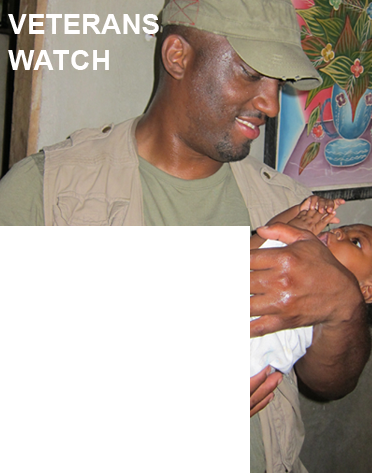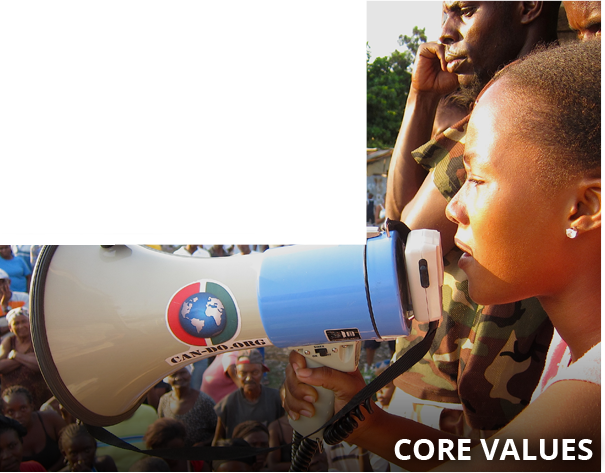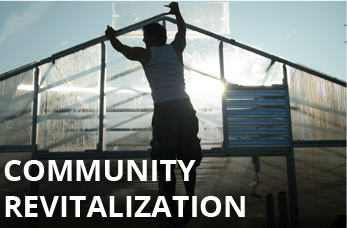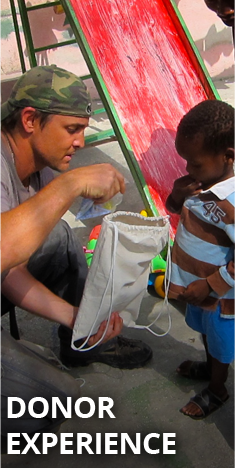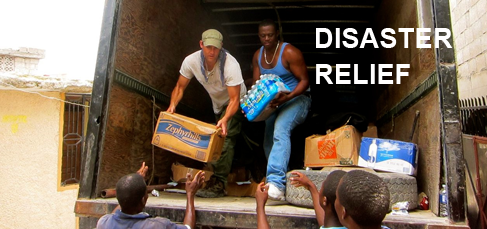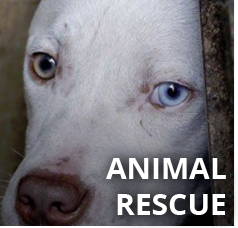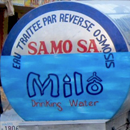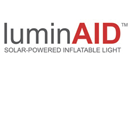58070370#FFFFFF
2070370#FFFFFF
2070370#FFFFFF
2070370#FFFFFF
58070370#FFFFFF
2070370#FFFFFF
58070370#FFFFFF
2070370#FFFFFF
2070370#FFFFFF
2070370#FFFFFF
58070370#FFFFFF
- RUNDOWN
- TEAM
- PARTNERS
- MORE
HAITI EARTHQUAKE 2010-2014
THE SITUATION: On January 12th, 2010, a 7.0 magnitude earthquake struck the island of Haiti. In less than 1 minute an earthquake claimed 200,000 lives, injured 300,000+ more and left 1.5 million people homeless. The government also reported that 250,000 residences and 30,000 commercial buildings collapsed or were severely damaged from the earthquake.
WHAT WE DID: Within days of the earthquake, CAN-DO was in Haiti distributing emergency supplies. In the first six months, we distributed:
• Over 250,000 gallons of water
• 10,000 pounds of medical supplies
• 15 tons of food
• More than 2-tons of bottled water
As the news buzz and TV crews began to leave Haiti just months after the earthquake, so did many disaster relief organizations. But not us. CAN-DO remained committed and thanks to our loyal donors, we continued our relief efforts while employing 100’s local Haitians to help our small, grassroots team on the ground. We’ve spent the last 4 years continuing to bring aid to those still in need.
After the immediate emergency relief stage, Haiti was still in crisis situation — particularly the children. Over 40% of Haiti’s population is under the age of 15. Prior to the earthquake, it is estimated that there were approximately 380,000 orphans and abandoned children in Haiti. After the earthquake that number is believed to have doubled.
Helping Haiti’s Children:
Our assessment team established the acute need to help the children in orphanages who not being provided even the most basic needs. Haiti’s orphanages became over-crowded, under-staffed, and often unable to provide basic needs.
During a special report on CNN, Dr. Sanjay Gupta came across an orphanage in desperate need of aid, and he reached out to CAN-DO for help. The report followed CAN-DO through the process of gathering and delivering the supplies for the orphanage and helped shed light on the inefficiency and lack of accountability of the larger NGOs.
A partnering relief organization, Food for the Poor, trusted CAN-DO to distribute nine shipping containers full of food, water, and medical supplies. Again hiring locally, CAN-DO assembled camp committees to help to pack up and unload supplies, take inventory, assemble and load food packs, transport food packs to camps, and begin distribution to families through a food card system.
CAN-DO made weekly distribution drops to 15 displaced camps, 5 hospitals – including General Hospital, which is the largest public hospital in Port au Prince – and more than 25 orphanages such a Patience, Zion, Notre Dame and Bless A Child.
VIRTUAL VOLUNTEER – PHILANTHROPY IN REAL TIME: Part of CAN-DO’s success on the ground was because of donors from around the world participating in our Virtual Volunteer program.
We posted call-to-action messages and streamed videos on Facebook and Twitter and then conducted LIVE “on the spot” impact donations at a water truck hub. For just $60 US dollars, donors could purchase a 3,000 gallon truck of purified water.
Within 30 minutes of the donation being made, our team would purchase the truck full of water and duct tape the donors name on the side of the truck as “proof of delivery” while distributing the water. We’d immediately post the photo on social media so the donor could see how quickly their donation was put to use!




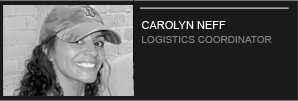

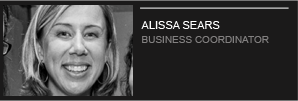

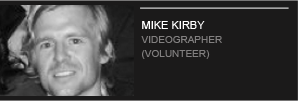



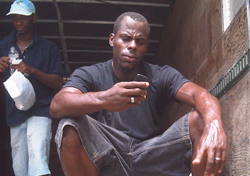
Lesli Zoe Petit-Phar aka “Big Zoe” has worked as our local fixer and was an amazing asset to the CAN-DO team on the ground in Haiti since the 2010 earthquake. Thank you Zoe for your dedication!





